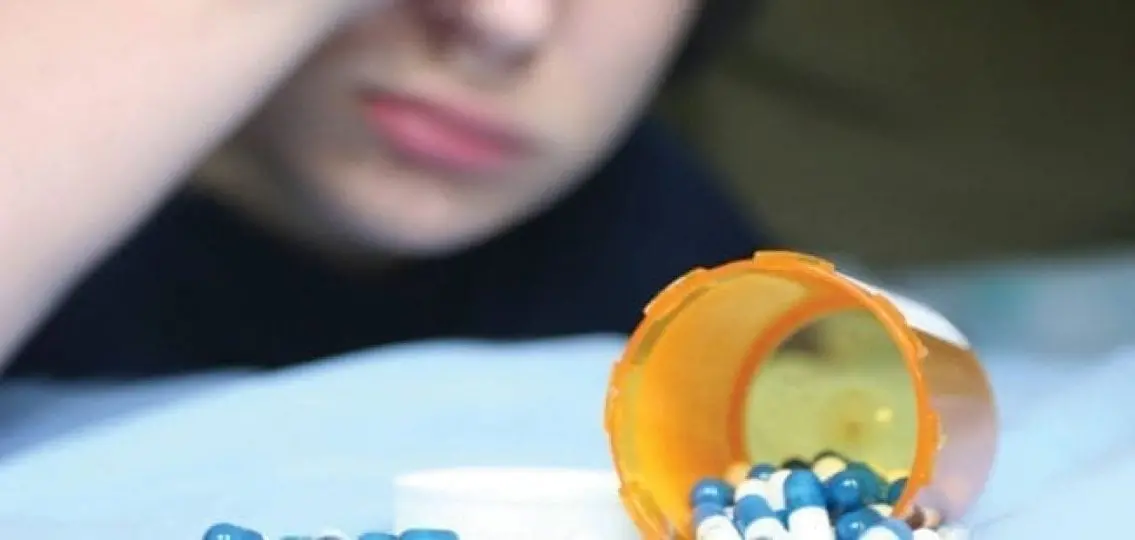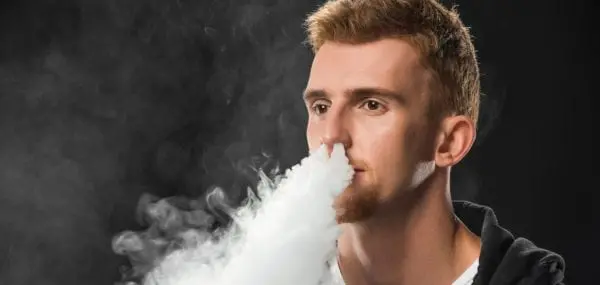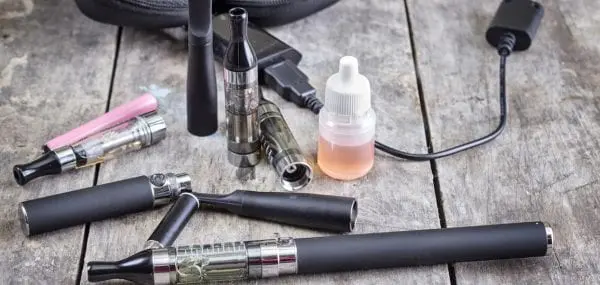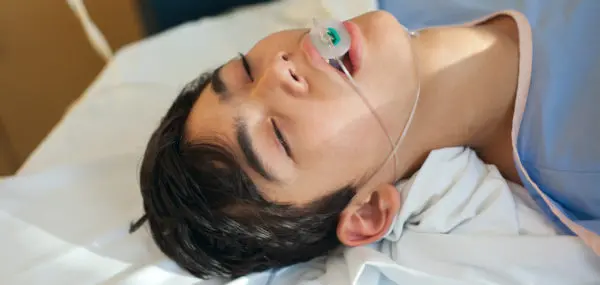When Kim Obert’s 18-year-old son, Kent, was scheduled to have his wisdom teeth pulled, she thought nothing of storing the post-surgery prescription painkiller in the kitchen cabinet. Several days before the dental procedure, though, “the bottle looked different to me,” she says. So, she counted the pills and oddly enough, several were missing.
Had Kent taken them? When Obert questioned him, he denied it. Ultimately, he confessed that he had–in order to get high. Obert, a program manager in Phoenix, was alarmed. After all, Kent was the sort who went on mission trips with his church. He was doing well in college and worked part-time at a computer company. Life was going well for him. So, Obert felt certain that Kent’s usage was an isolated incident. Nine months later, though, everything changed with a knock at her front door. Two local police officers informed her that Kent had died of an overdose: a mix of alcohol and the prescription painkiller, Oxycontin. “I had no idea of the peril my son had been in,” Obert says.
The Dangers Of Teens And Prescription Drugs
Although Obert’s story may sound extreme, her situation isn’t uncommon. According to the National Institute on Drug Abuse, 16 million Americans age 12 and older misused a prescription pain reliever, tranquilizer, stimulant or sedative at least once in 2008 (the most recent stats). Moreover, 1 in 5 high school students reported taking a prescription drug, such as OxyContin, Percocet, Vicodin, Adderall, Ritalin, or Xanax, without a doctor’s prescription, according to the Centers for Disease Control and Prevention.
“Teens help themselves to over-the-counter (OTC) and prescription drugs from the household medicine cabinet, then share them or sell them to friends. They are under the misguided notion that these drugs are safer than illicit drugs because they’re prescribed by a doctor or sold over the counter,” says Joseph Shrand, M.D., a psychiatry instructor at Harvard Medical School and the Medical Director of CASTLE (www.castlekids.org), an intervention unit for at-risk teens in Brockton, Massachusetts.
These drugs can be just as addictive and deadly as illegal substances. The nonmedical use of pharmaceuticals sent nearly 170,000 people age 20 and younger to the hospital emergency department in 2009. That’s a 45 percent increase since 2004. It’s not any one prescription or over-the-counter drug that’s the biggest culprit. In fact, “Teens are mixing drugs and alcohol or using multiple drugs with increasing frequency,” says Joseph Lee, M.D., a child and adolescent psychiatrist at the Hazelden Center for Youth and Families in Plymouth, Minnesota.
Why Teens are At Risk
Teens misuse prescription and OTC drugs to get high, to cram for tests, to lose weight or just because their friends are doing it. But, in general, “they use them because the drugs make them feel happy and change their normal frame of reference,” says David J. Mendelson, M.D., vice president of medical affairs for EmCare, a company that manages over 400 hospital emergency departments in 40 states. The teen brain is wired for risk. When it comes to decision-making, teens are prone to living in the moment and less capable of projecting future consequences until age 25, when the brain is mature.
Teens who aren’t measuring up academically are especially susceptible. If school gets tough and teens get frustrated, discouragement can lead to depression and other feelings that can contribute to drug and alcohol use, which stimulates the brain’s production of dopamine, a feel-good chemical.
If the brain can’t feel pleasure from a job well done, it will try to get its dopamine fix in other ways,” Dr. Shrand says.
Nonetheless, you can help prevent the potential for and misuse of these meds at your house. Here’s how:
Help your teen find feel-good activities.
If academics aren’t your child’s strong suit, what about team sports, the theater club, playing an instrument, horseback riding or volunteering at a local homeless shelter? “Help create the right environment with your kids so they feel productive and constructive and valued by others,” Dr. Shrand says.
Lock the medicine cabinet.
Or, instead of saving leftover prescription medications for a rainy day, eliminate the temptation. The Food and Drug Administration recommends mixing them with used coffee grounds, kitty litter or banana peels – something unsavory – sealing them in a container and tossing them in the trash. Most pharmacies won’t take back your unused prescription medication.
Be aware.
A change in friends, physical complaints, several visits to multiple physicians, strange text messages, an increased appetite, a change in sleep habits, a drop in academic performance or moodiness could be just adolescence. It could also be a sign that your child is using. Do a gut check.
“If you suspect something is up, something is up,” Obert says.
Confront your teen.
Dr. Shrand recommends that you start with a simple question: “What’s wrong?” If your child says, “I don’t know,” then ask, “What’s your best guess?” If your child tells you she’s using or you suspect she is, consult your child’s pediatrician. Drug use is a health issue. Also, visit sites, such as DrugFree.org, for professional help and to determine next steps.
Looking back, Obert realizes that Kent had an addictive personality. “When he learned to use a yo-yo as a child, he didn’t stop until he won a yo-yo contest. When he started running, he ran every day, sometimes twice,” she says. “He was also a risk-taker. He loved roller coasters, water-skiing and snowboarding. If I really had known the trouble he was in, I would have put him in treatment.”




